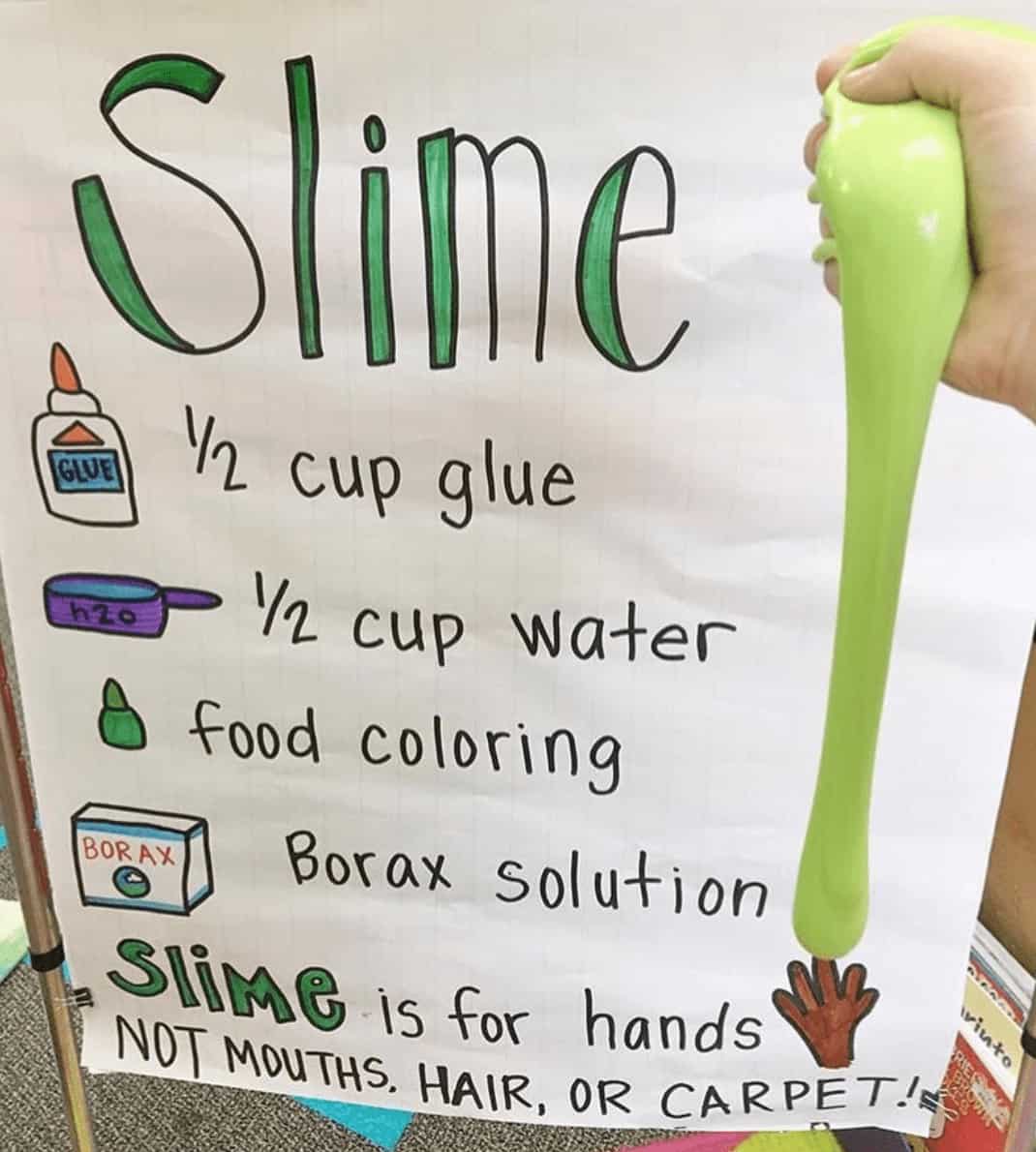Unleash the Fun with Homemade Slime Recipes for Kids
Hello there, awesome parents and fun-loving kids! Are you ready to dive into the world of slimy fun? Slime is not only a fascinating science experiment but also a fantastic sensory play activity that brings endless joy and creativity to children of all ages. Today, I’m here to guide you through the ultimate compilation of simple, safe, and superb slime recipes that promise a goopy good time. So, roll up your sleeves, because it’s about to get gloriously gooey!
Why Making Slime is a Great Activity for Kids
Before we jump into the nitty-gritty of slime-making, let’s talk about why this stretchy, squishy substance has become such a hit among kids and grown-ups alike. Not only does slime offer a unique tactile experience that encourages fine motor skill development and sensory integration, but it’s also an excellent medium for kids to express their creativity and learn basic scientific concepts. Plus, it’s a great bonding activity that can be enjoyed by the whole family!
Essentials for Your Slime-Making Adventure
To ensure your slime-making session is as stress-free and mess-contained as possible, it’s important to gather a few key supplies. Don’t worry, most of these items can be found right in your kitchen or at a local grocery store.
- Bowl for mixing
- Spoon or spatula for stirring
- Measuring cups and spoons
- Slime activator (we’ll cover a few safe options)
- Glue (white or clear PVA works best)
- Food coloring (for that pop of color)
- Glitter or add-ins for extra sparkle and texture
- Storage containers to keep your slime fresh
Now that you have your supplies at the ready, let’s whisk through the enchanting world of slime!
Classic Non-Toxic Slime Recipe
Let’s start with a simple, classic slime recipe that’s perfect for beginners. This recipe uses ingredients that are non-toxic and easy to find, making it ideal for younger children.
Ingredients:
- 1/2 cup of PVA glue (white or clear)
- 1/2 teaspoon baking soda
- 1 to 2 tablespoons of contact lens solution (containing boric acid)
- Food coloring (optional)
- Glitter or confetti (optional)
Directions:
- In a bowl, pour in 1/2 cup of glue.
- Add a few drops of food coloring if desired, and stir until well mixed.
- Sprinkle 1/2 teaspoon of baking soda into the glue and mix thoroughly.
- Begin adding contact lens solution bit by bit, stirring as you go. The slime will begin to form and pull away from the sides of the bowl.
- When the slime has started to form and becomes harder to stir, take it out and begin kneading with your hands until it reaches the desired consistency. If it’s too sticky, add a bit more contact lens solution.
- Once your slime has reached the perfect stretchy but not sticky consistency, add in glitter or other fun mix-ins!
Your classic slime is ready to play with! Remember to wash your hands before and after playing with slime to keep both your hands and your slime clean.
Edible Chocolate Slime Recipe
Curious little minds can’t help but wonder what slime tastes like. Although we never recommend eating traditional slime, there’s an exception with this surprisingly yummy chocolate slime that’s safe to eat and incredibly simple to make!
Ingredients:
- 1 can of sweetened condensed milk
- 1 tablespoon of cornstarch
- 2 tablespoons of chocolate syrup
Stay tuned for more delightful slime recipes, including fluffy, butter, and glow-in-the-dark varieties that will ignite your child’s imagination and provide hours of entertainment. Remember, safety comes first, so always supervise your little ones during slime-making and play. Now, prepare for an avalanche of smiles and a symphony of giggles as we embark on this squishy adventure together!

5 Things Parents Should Know When Preparing Slime Recipes
Embarking on a slime-creating journey turns an ordinary afternoon into an extraordinary one! But before the fun begins, there are a few key pointers parents should keep in mind. Let’s goo through them!
1. Choose the Right Environment
Slime-making can be a bit messy, and that’s okay – it’s part of the fun! Select a space in your home where a little mess won’t be a big deal, like the kitchen table covered with newspaper or a plastic tablecloth. This makes cleanup a breeze and keeps the rest of your home spotless.
2. Wear Appropriate Clothing
Encourage kids to wear old clothes or an apron. This way, even if things get a little out of hand, you won’t have to worry about staining their favorite outfits. Remember, the goal is to enjoy the activity, not stress about the mess!
3. Understand Ingredients and Safety
Understanding the components that go into your slime is crucial, especially when crafting with younger children who may have the urge to taste-test their creations. Always opt for non-toxic, safe ingredients, and for extra peace of mind, you can even try edible slime recipes.
4. Allergy Awareness
Always be cognizant of potential allergies. If your slime recipe calls for ingredients like borax or glue, make sure no one participating has a related allergy. There are plenty of alternatives, so everyone can join in safely.
5. Storage Solutions
After creating your masterpiece, knowing how to store it properly ensures that the fun can continue for days! Keep your slime in an airtight container or sealed baggie at room temperature to maintain its gooey goodness. For slimes that may dry out faster, such as fluffy slime made with shaving cream, playtime is best enjoyed shortly after making it.
With these tips in hand, you’re all set to create magical slime experiences with your kids. Be prepared to snap lots of pictures, share laughs, and create memories that stick (just like slime)!
Hang tight, because there’s more slime-tastic action just around the corner! In the next section, we’ll dive into a fluffy slime recipe that’s like holding a cloud in your hands. Get ready to fluff it up!
See more great Things to Do with Kids in New Zealand here. For more information see here
Disclaimer
The articles available via our website provide general information only and we strongly urge readers to exercise caution and conduct their own thorough research and fact-checking. The information presented should not be taken as absolute truth, and, to the maximum extent permitted by law, we will not be held liable for any inaccuracies or errors in the content. It is essential for individuals to independently verify and validate the information before making any decisions or taking any actions based on the articles.




